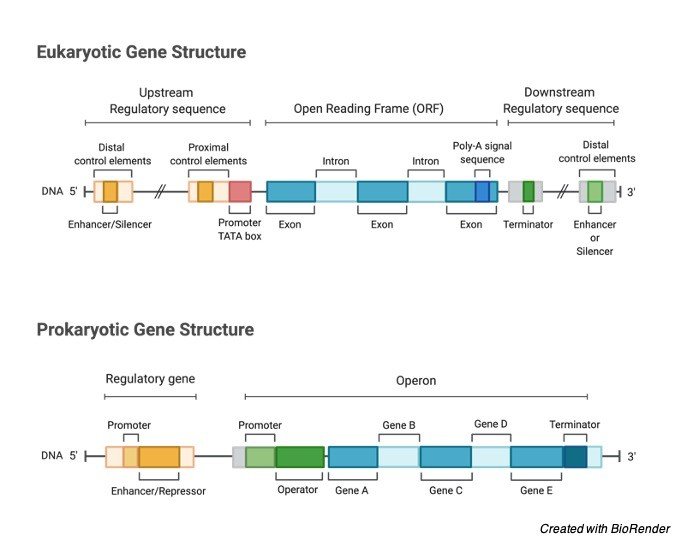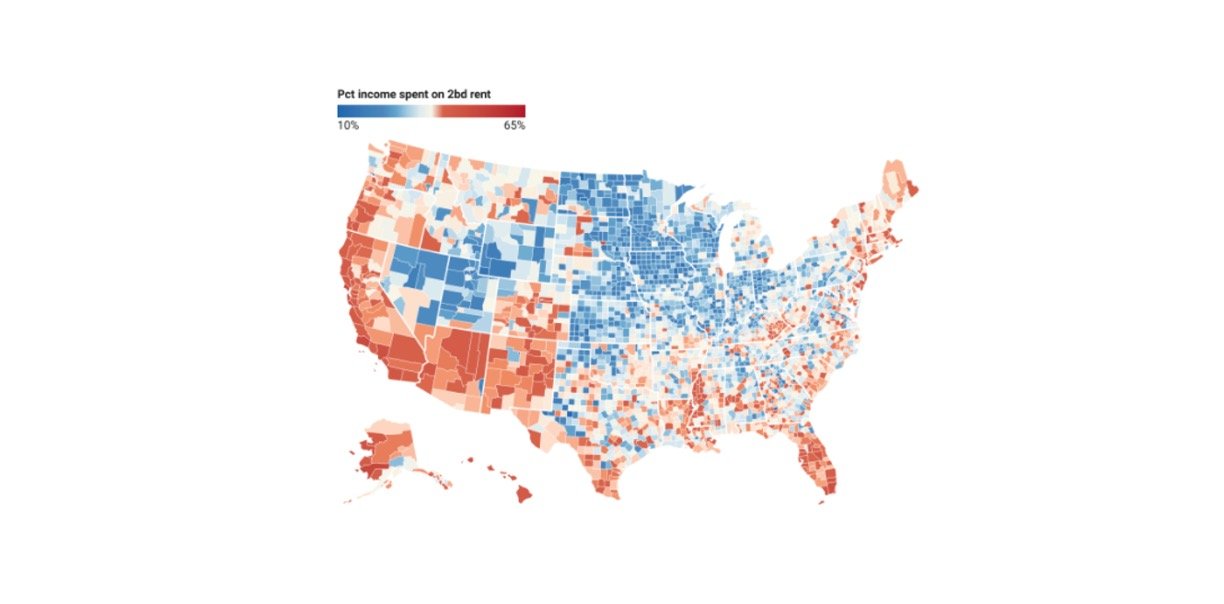Introns, Non-Coding, and Genes
In some cases, not all the genes in the sequence of DNA are used to make a protein. Introns are the non-coding segments of the RNA which transcripts or encodes the DNA, which are spliced out before RNA molecule is being translated into the protein.
The sections of RNA or DNA which codes for proteins are known as exons. Following transcription, the new strands of immature m-RNA (messenger RNA) are produced, which is known as pre-mRNA, that contains both exons and introns.
The pre mRNA molecule under goes few modification processes in the nucleus of the cell which is known as splicing.
During splicing the non-coding introns are spliced out and only the coding exons are left over.
Through this process of splicing many messenger RNA are translated into a protein. Introns are also known as intervening sequences.
What are Introns?
Introns is defined as any of the nucleotide sequence within a gene which is removed by splicing the RNA during maturation of the final product of RNA.
In other words, it can also be said that, introns are the non-coding regions of a RNA transcript, or the DNA encoding it; which are eliminated by splicing before the process of translation.

The term intron has been derived from the name intragenic region, which means that it is a region present inside a gene.
It also means that intron refers to both the DNA sequence inside a gene and the corresponding sequence within an RNA transcript.
Sequences are joined together in final mature RNA after RNA splicing as exons.
Introns are present in the genes of almost all organisms including many of the viruses and may be located in a wide range of the genes, including those which produces proteins, ribosomal RNAs and the transfer RNAs.
When these proteins are generated from an intron containing genes, RNA splicing takes place as a part of the processing of RNA pathway which follows transcription and procedes translation.
Discovery of Introns
Introns were first observed in the protein-coding regions of the adenovirus and they were subsequently identified in the genes; encoding the transfer RNA and the ribosomal RNA.
Introns are found to be present in a wide variety of genes throughout the organisms within all the biological kingdoms.
The concept that genes are spliced by the introns was discovered by the scientists Phillip Allen Sharp and Richard Roberts in the year 1977.
The term intron was introduced by an American biochemist Walter Gilbert.
From the term Intron itself it is known that intron is something which refers to the intervening of the sequences which refers to any of the several families in the internal nucleic acid sequences which are not present in the final gene product, including the introns, untranslated regions and the nucleotides that are removed by editing the RNA in addition to that of the introns.
Classification of Introns
Splicing of all the introns contains RNA molecules which is exactly similar. Many types of introns are identified by examining the structure of intron by sequencing DNA analysis, along with the genetic and biochemical analysis of RNA during splicing.
Minimum four distinct classes of introns are identified. Introns in nuclear protein coding genes are removed by spliceosomes known as splicesomal introns.
Introns present in a nuclear and archaeal transfer RNA genes which are removed by the proteins.
Self-splicing group I introns are removed by catalyzing the RNA. Self-splicing group II introns are removed by the catalyzing of RNA.
Where as the Group III introns are proposed as a fifth family, which mediates their splicing. This is similar to the group II introns and also possible with the spliceosome introns.
I. Spliceosomal Introns
Nuclear pre-mRNA introns are generally classified by the specific sequence of introns which are located at the boundaries that are between introns and exons.
These sequences are identified by the spliceosome molecules of RNA during the time of initiation of splicing reactions.
It also contains a branch point, a specific point for sequencing a nucleotide near a 3’end of the intron during the process of splicing which generates a branched intron.
Apart from these three short conserved elements, nuclear pre- m RNA intron sequences are considered as a highly variable it also contains longer surrounding Extron’s.
II. tRNA Introns
t-RNA introns which are referred to as transfer RNA introns depends upon proteins for the removal of a specific location within the anticodon loop of an unsliced tRNA precursors and they are removed by an enzyme tRNA splicing endonuclease.
The exons are then linked together by a second protein by tRNA splicing ligase. It is also said that self-splicing introns are found in tRNA genes in few cases.
III. Group 1 & 2 Introns
These introns are commonly found in genes which encodes proteins such as m-RNA, t-RNA and r-RNA in a wide range of living organisms. After transcription in RNA, group I and group II introns make an extensive internal interaction which allows them to fold into a specific and a complex three-dimensional structure.
This complex structure allows few of the group I and group II introns to self-splice, which means that introns containing the molecules of RNA can rearrange its own co-valent structures to precisely remove the intron and there by it can link the exons together in an appropriate order.
Where as in few cases some other intron binding proteins are involved for splicing which assist in folding the intron in a three-dimensional way which is necessary for the activity of splicing.
However, the introns of group I and group II are differentiated by a specific set of internally conserved sequences and folded structures.
Where group I introns contains non-encoding guanine nucleotide to initiate the splicing by adding it to the 5’end of the excised intron.
The group II intron are differentiated by different set of internal conserved sequences where the group II molecules contain introns that are generated by branching introns.
Functions of Introns
Introns does not encode the protein products, where as they are integral to the expression of the gene for regulation.
Whereas some introns themselves encodes the functional RNAs by processing after the splicing process to generate the molecules of non-coding RNA.
Alternative splicing is widely used in generating the multiple proteins from the single gene.
Further few introns play an important role in expressing the wide range of gene regulating functions as nonsense-mediated decay and the mRNA export.
Introns Citations
Share












